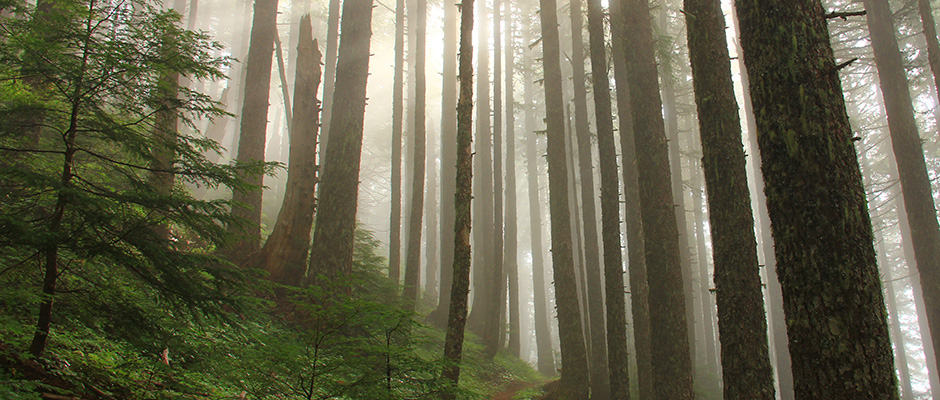- News
-
-
-
-
-
Latest News Articles
- TWS pubs in the news December 20, 2024
- Increasing drought poses threats to U.S. wildlife December 20, 2024
- Wild Cam: As snow decreases, wolf stomachs rumble December 19, 2024
-
-
-
- Wildlife Professional Resources
-
- Our Network
-
- PUBLICATIONS
-
-
Recent Posts
-
 The Wildlife Professional November/December Issue
November 1, 2024
The Wildlife Professional November/December Issue
November 1, 2024
-
-
-
-
-
-
- Wildlife Events
- Who We Are
-
Category: TWS Wildlife News

August 5, 2015
What a Grizzly Bear’s Hair Reveals about Its Diet
Just a single strand of hair can provide insight into the cuisine a grizzly bear has delighted in for the past few months based on the amount of mercury and...

August 4, 2015
Trap Techniques: To Aid African Research
Within USDA’s Wildlife Services program, biologist Michael Marlow is known for his varied expertise—from wildlife disease surveillance and feral swine control to nonlethal management of predation damage. Combining all three...

August 3, 2015
Bald Eagle Diet Points to Intact Ecosystem
A sustained natural diet of an animal that soars over the top of the food chain is a good indicator that an ecosystem is intact. New research tracking the eating...

August 3, 2015
Horse and Burro Numbers Released in Tense Political Climate
The Bureau of Land Management (BLM) released new estimates on July 7 of free-range horse and burro populations in the western U.S. The BLM estimated there were 47,329 horses and...

July 30, 2015
Natural Yeast Byproduct Inhibits White-Nose Syndrome
Researchers may have found a natural way to treat white-nose syndrome in bats, according to a new study. In a paper published in the journal Mycopathologia, researchers report that a...

July 30, 2015
Texas Chapter President Provides Testimony on CWD
Roel Lopez, president of the Texas Chapter of The Wildlife Society, recently provided testimony at a special meeting held by the Texas Parks and Wildlife Commission on chronic wasting disease...

July 29, 2015
Enhanced Avian Influenza Surveillance in Wild Birds
Between now and March 2016, highly pathogenic avian influenza (HPAI) surveillance in wild birds will increase as biologists with the U.S. Department of Agriculture’s Wildlife Services (WS) program and its...

July 28, 2015
Preserving a Traditional Practice Kills Invasive Emerald Ash Borers
A traditional Native American basket-making practice can be helpful in killing an invasive insect that devastates forests and habitat for a wide range of wildlife, according to a newly published...

July 27, 2015
Wild Cam: TWS Member Tracks Caribou Eating Habits
Researchers have long been in the dark about what some caribou populations eat during the summer. It’s difficult to find droppings before they rot away in the warmer weather, and...

July 24, 2015
Second Case of CWD Confirmed in Michigan Deer
Just a little over a month after the first case of Chronic Wasting Disease (CWD) in a free-ranging deer in Michigan was confirmed, a second infected free-ranging deer was detected...

